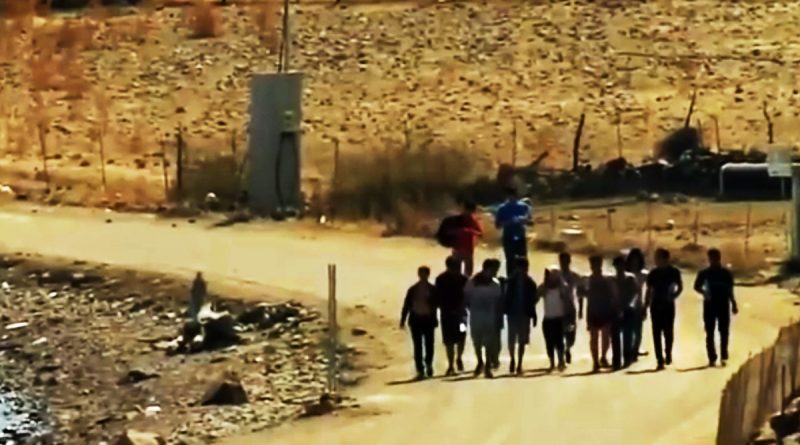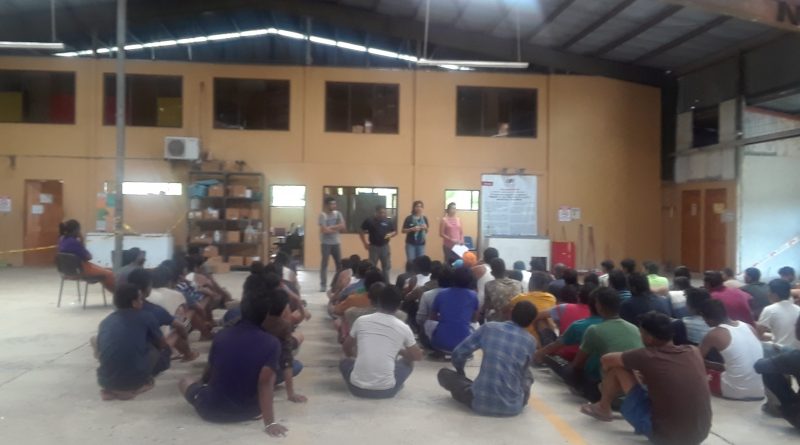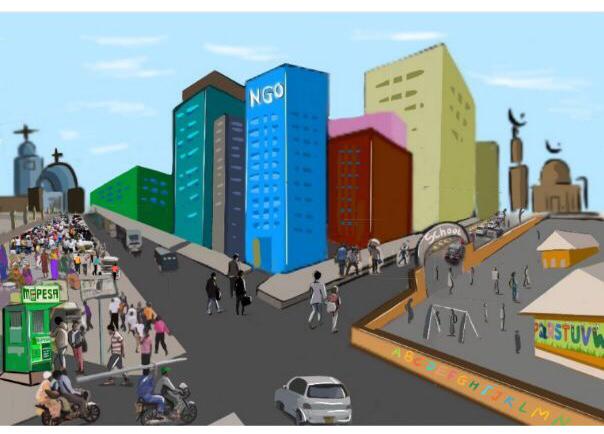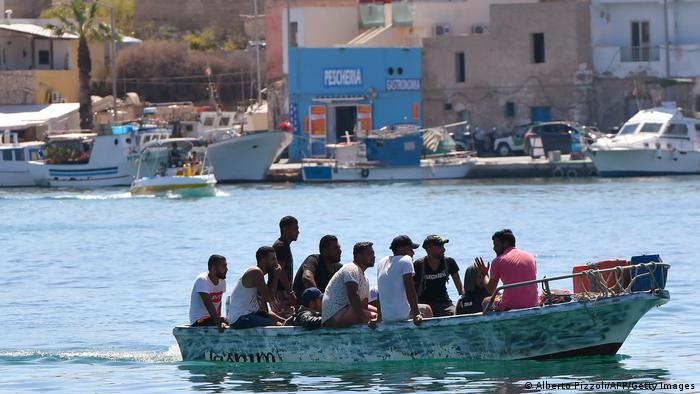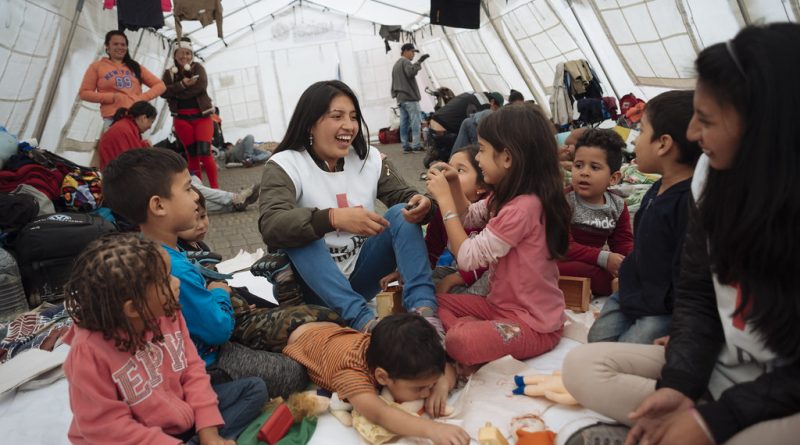An article by Roxanne Krystalli, Allyson Hawkins, and Kim Wilson, published in “Disasters.” What would a gender analysis of refugee crises reveal if one expanded the focus beyond female refugees, and acts of physical violence? This paper draws on qualitative research conducted in Denmark, Greece, Jordan, and Turkey in July and August 2016 to spotlight the gendered kinship, hierarchies, networks, and transactions that affect refugees. The coping strategies of groups often overlooked in the gender conversation are examined throughout this study, including those of male refugees and those making crossings outside of the context of a family unit. The analysis is theoretically situated at the intersection of critical humanitarianism and the politics of vulnerability, and rooted in debates about the feminisation of refugees and corresponding protection agendas. A key contribution of this work is the ethnographic tracing of how refugees embody these politics along their journeys.
Read More

